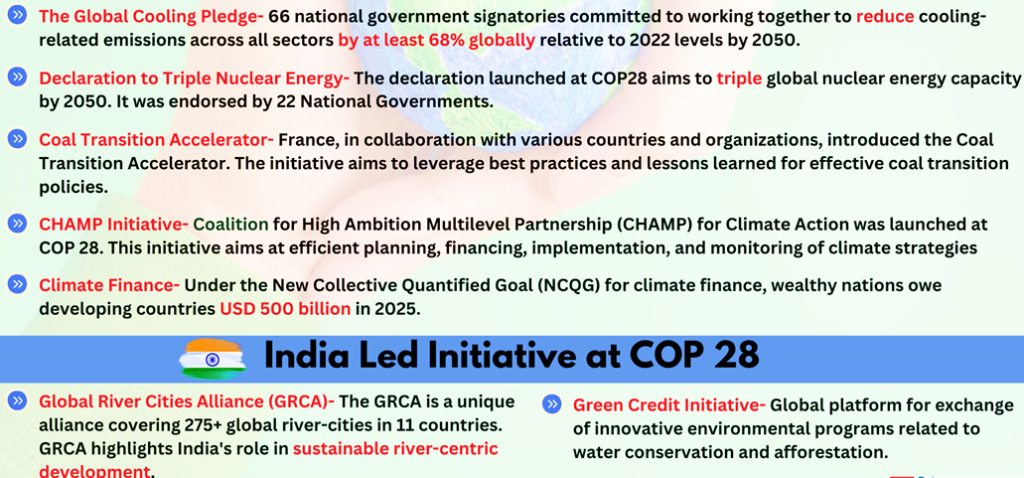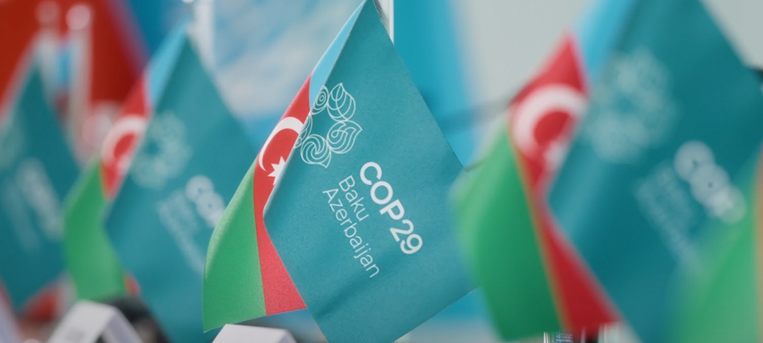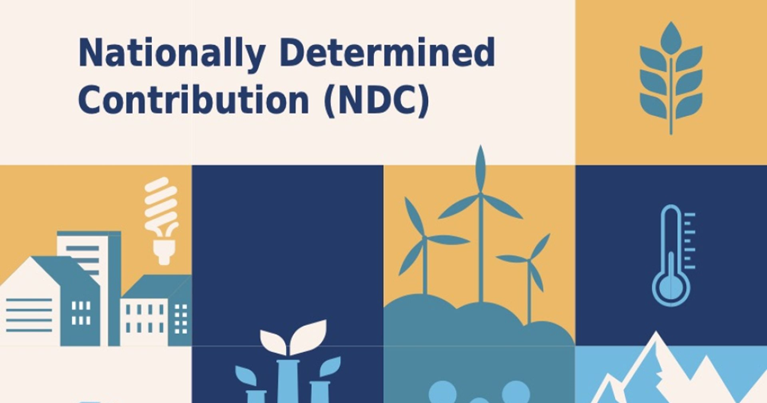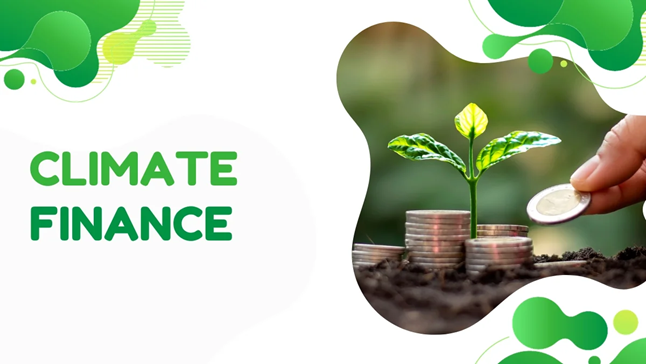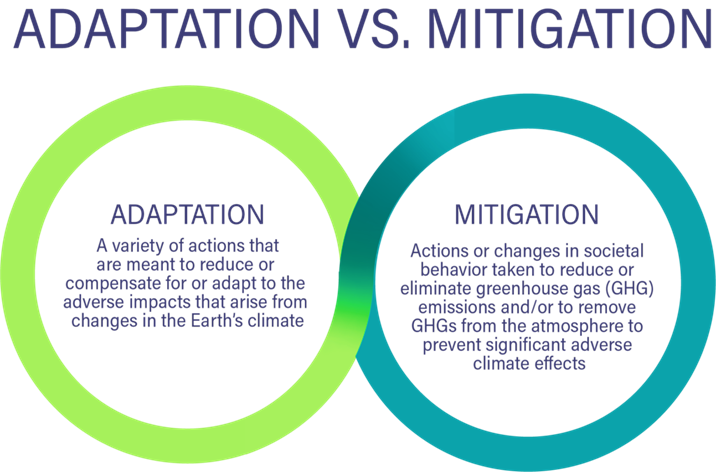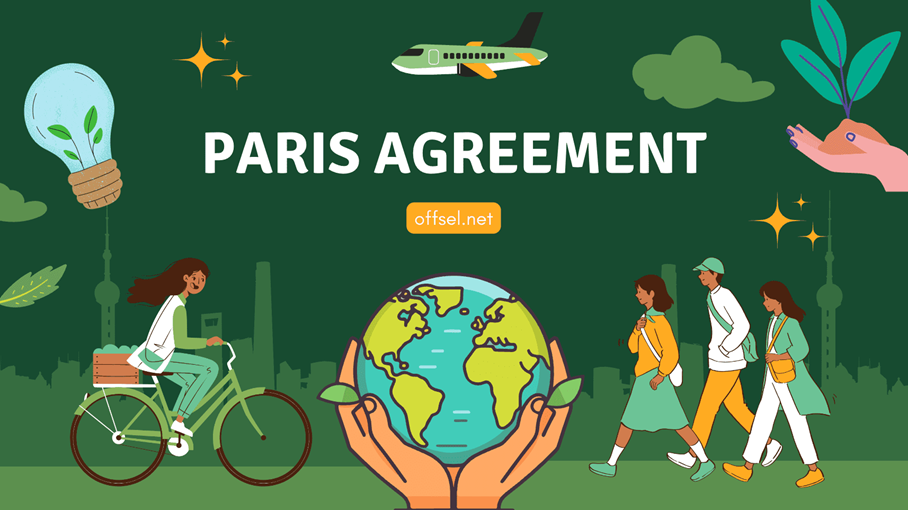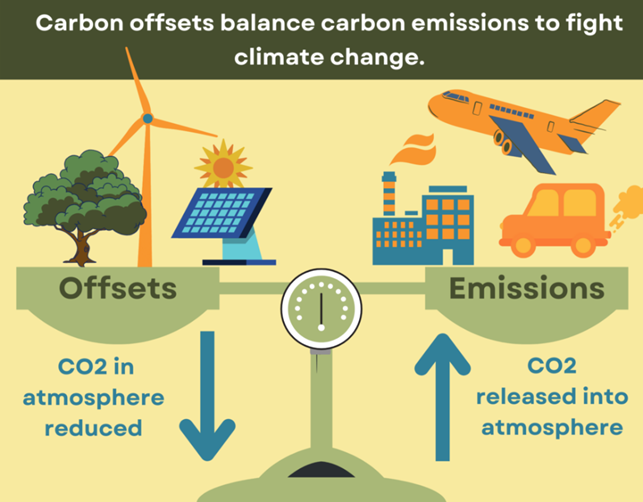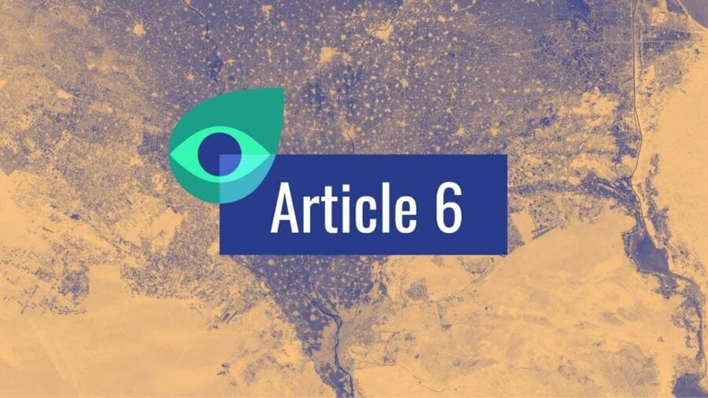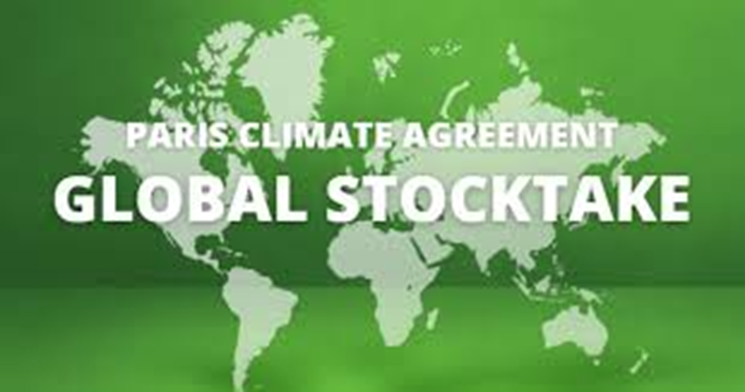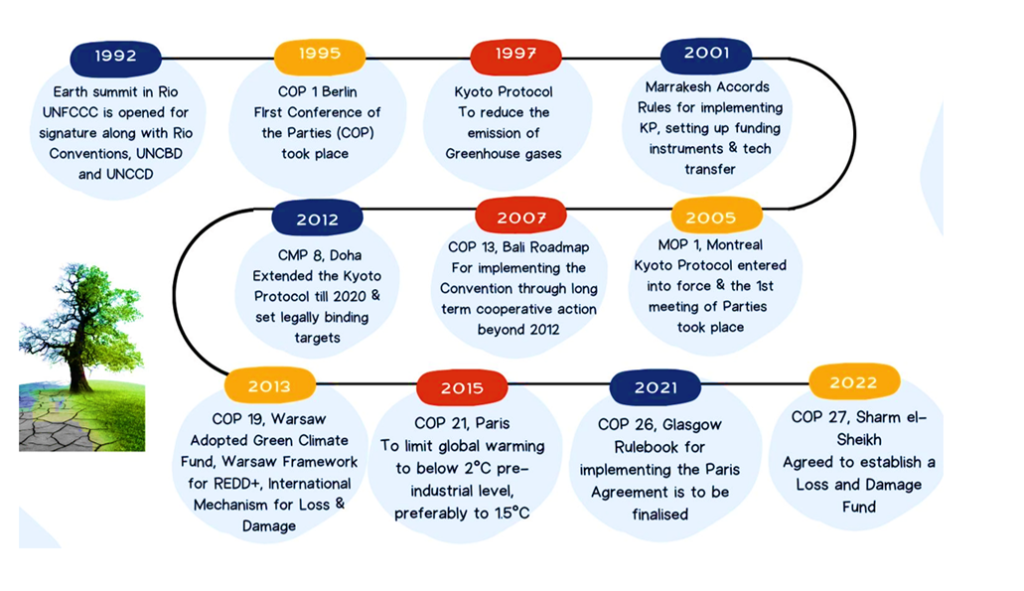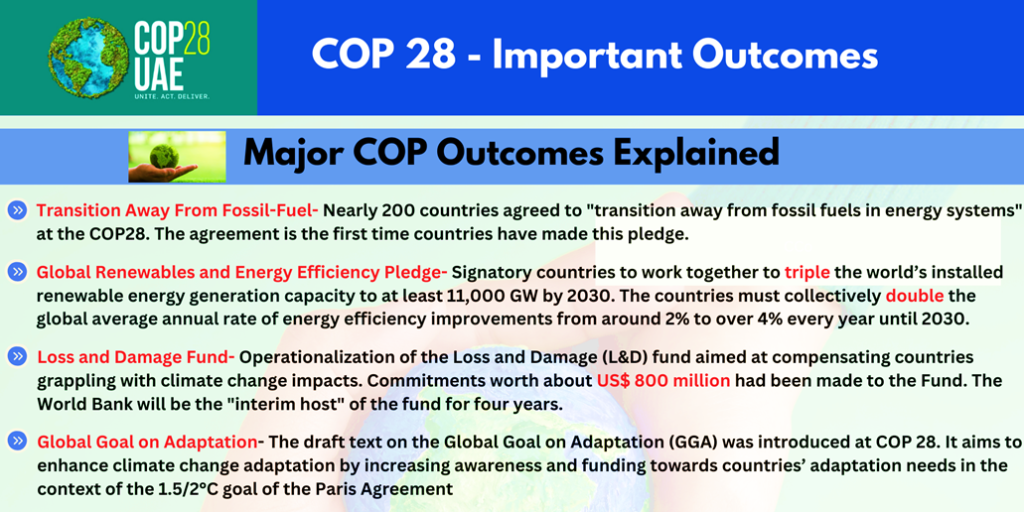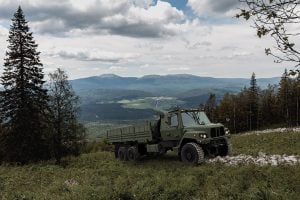Countries at the United Nations COP29 climate summit in Azerbaijan will attempt to agree rules for a global system for trading carbon offset credits. The 29th Conference of the Parties, or COP29, began in Baku, Azerbaijan, on Monday perhaps with more headwinds than ever before.
COP 29 Climate Summit In Azerbaijan
Why In News
- Countries at the United Nations COP29 climate summit in Azerbaijan will attempt to agree rules for a global system for trading carbon offset credits. The 29th Conference of the Parties, or COP29, began in Baku, Azerbaijan, on Monday perhaps with more headwinds than ever before.
- As talks opened, the United Nations warned that Paris climate agreement’s goals “are in great peril” and 2024 is on track to break new temperature records. The period from 2015 to 2024 will also be the warmest decade ever recorded, the UN’s World Meteorological Organization (WMO) said in a new report.

Who Will Attend ?
- More than 32,000 people have registered to attend the COP29 this year.
- These will include representatives from all 198 countries that have ratified the convention. It will also mark the first time the Taliban will attend a UN climate conference since their takeover of Afghanistan in 2021.
- Diplomats, journalists, climate scientists, NGOs, activists, and Indigenous leaders will also attend.
What is COP29
- It’s an annual gathering of the countries that have agreed to the 1992 United Nations Framework Convention on Climate Change. Those countries, the parties to the convention, come together every year and try to update their plans to address climate change. COP stands for Conference of the Parties. This is the 29th such gathering.
- In recent years, COP has grown from a relatively insular meeting of diplomats and policy experts into an enormous event that attracts tens of thousands of attendees, including business executives, the leaders of nonprofit groups and activists.
- Each year’s COP is held in a different city. This year, the formal proceedings will take place at the main sports stadium in Baku, the capital of Azerbaijan.
- The United Nations holds the conference in a different region of the world each year. This year’s event was slated for Eastern Europe.
- But Russia, which has veto power over the site selection, refused to allow COP29 to be held in a European Union country because of the bloc’s support for Ukraine.
- A UN-backed report has stated that emerging countries, excluding China, need investments well beyond $2 trillion annually by 2030 if the world is to halt global warming. An analysis commissioned by the UK and Egypt found that a trillion dollars should come from rich countries, investors, and multilateral development banks.
- The report added the remainder – about $1.4 trillion – must originate domestically from private and public sources.
- In 2009, richer nations pledged to provide $100bn annually in climate financing for developing countries by 2020, which they achieved two years late.
- The world’s poorer nations are now calling for a new goal of at least $1 trillion per year.
- Current donors are urging nations such as China – the world’s largest annual emitter of greenhouse gases – and the UAE – a major fossil fuel producer – which are still classified as developing to contribute to the fund.
- Agreements on the Nationally Determined Contributions (NDCs) from all participating countries will be high on the agenda.
- An NDC is a country’s national climate action plan that sets out its targets for reducing greenhouse gas emissions in line with the goals set in the Paris Agreement.
- NDCs must be updated every five years, and with the next round due in early 2025, this year’s summit presents the perfect opportunity to finalise each member’s goals.
Agenda Of COP 29
- Climate finance is going to be the highlight of the 29th United Nations Conference of Parties (COP 29) on climate change, which will be held from November 11-22, 2024 in Baku, Azerbaijan.
- The agenda on the table is of critical significance for the Global South: an outcome on a newly negotiated climate finance target.
- This target, known as the New Collective Quantified Goal (NCQG) on climate finance, will represent future annual flows of climate finance from developed to developing countries.
- The NCQG is set to replace the commitments made by developed countries in 2009 to support climate action in developing countries, by providing them US $100 billion per year by 2020 – a target that has been met only once (in 2022).
- Beyond finance, COP 29 will also feature discussions on mitigation and adaptation.
What Is The Paris Agreement
- The Paris Agreement is the first legally-binding global treaty on climate change agreed in COP21 in Paris in 2015. Since 2015, under the Paris Agreement, almost all countries in the world have committed to:
- Keep the rise in global average temperature to ‘well below’ 2°C, and ideally below 1.5°C, above pre-industrial levels
- Strengthen the ability to adapt to climate change and build resilience
- Align finance flows with ‘a pathway towards low greenhouse gas emissions and climate-resilient development’.
- The Paris Agreement has a ‘bottom-up’ approach where Party countries individually decide by how much they will reduce their national emissions each year.
- Parties communicate these targets to the UNFCCC Secretariat in the form of ‘nationally determined contributions’, or ‘NDCs’, which are revised every five years. This five-year cycle of increasing ambition is known as the ‘ratchet mechanism’. Read CISL’s briefing on the implications of the Paris Agreement for business.
- Glasgow Pact : Reached at the COP26 summit in Scotland’s Glasgow, the pact called for phase down of coal and phase out of fossil fuel. This was the first time that a UN climate agreement explicitly mentioned coal. The pact also marked the resolution of the deadlock over carbon markets.
Some Important Terms
- Carbon Offsets : Some governments and companies may struggle to reduce their planet-warming greenhouse gas emissions to meet their climate targets. Supporters of carbon offsets see them as a key means to help meet these goals.
- These offsets allow one nation or company to offset some of their emissions by paying for actions to cut emissions elsewhere. These actions might include rural solar panel installations or converting a fleet of petrol buses to electric.
- What Is Article 6 : Article 6 of the Paris Agreement helps countries work together to reduce their carbon emissions. It sets out two options for countries and companies to trade offsets, helping them meet the goals they set to reduce planetary-warming gases in their climate action plans, known as nationally determined contributions (NDCs).
- Global Stocktake
- It refers to a five-year review in which countries assess where they are in the fight against climate change, and what needs to be done in the next five years to make this fight more effective and potent.
Some Important Concepts
COP 28 Updates
